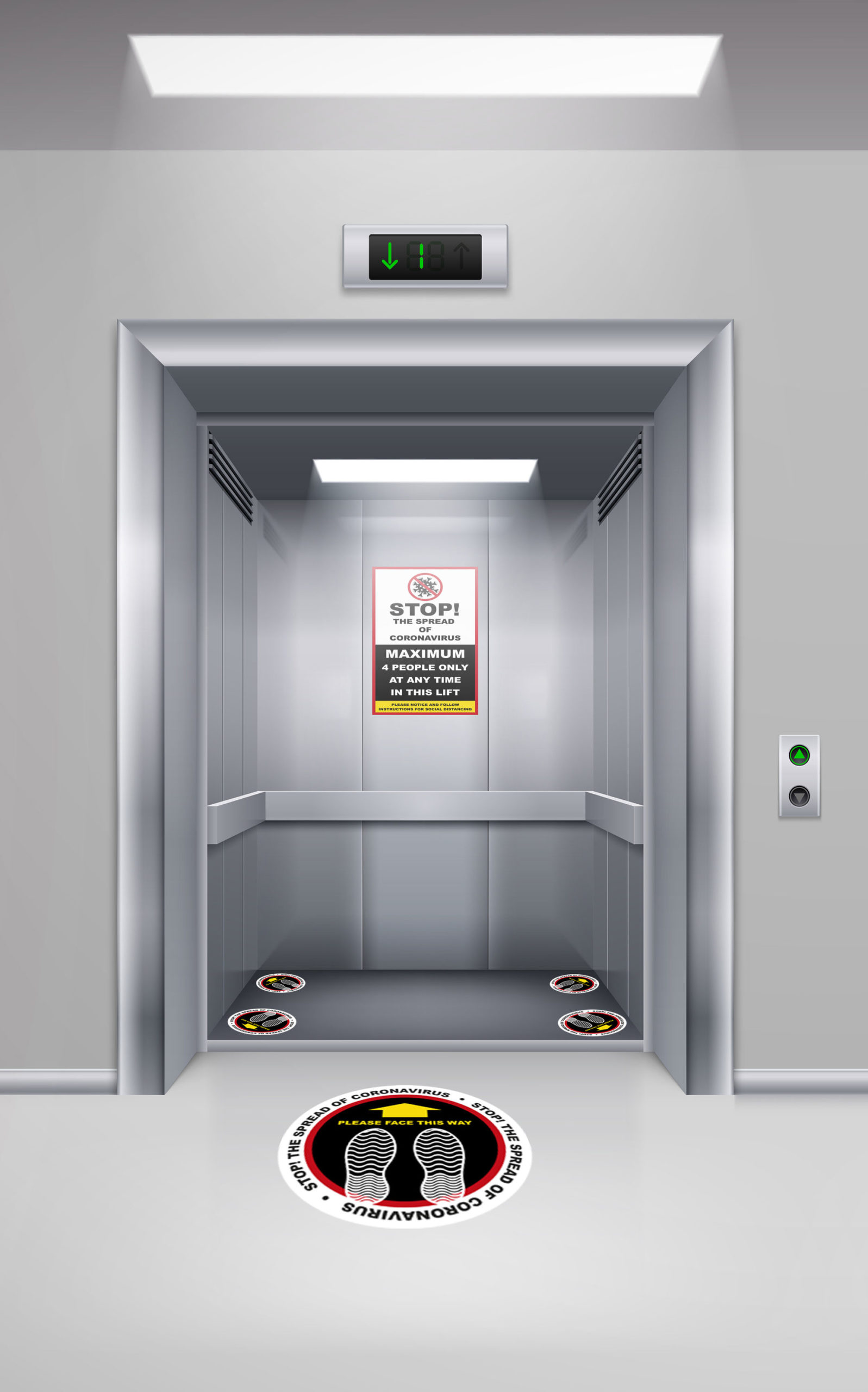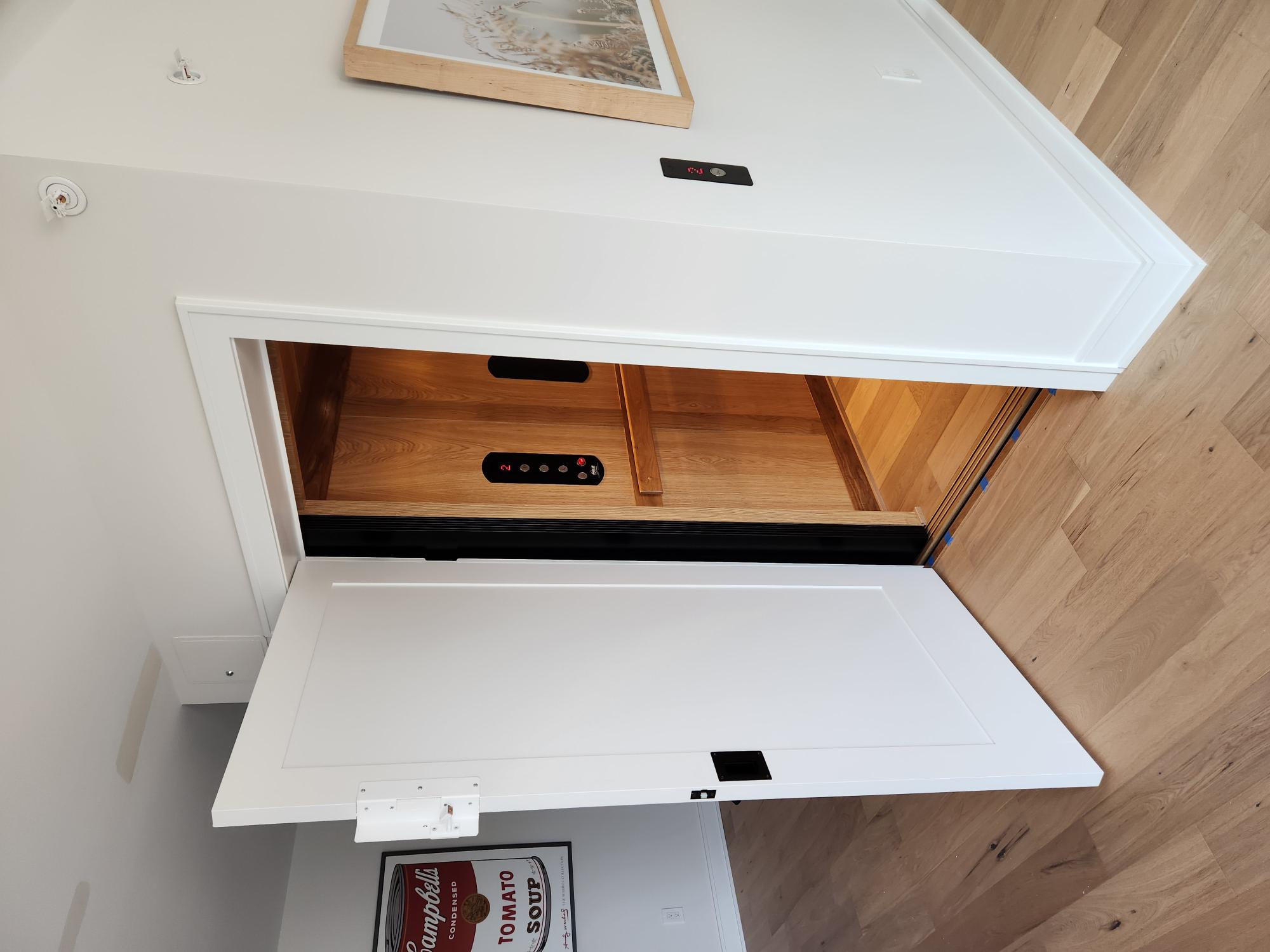We Maintain Lifts to the Highest Possible Criteria: Reliable Solution for All Lift Types
We Maintain Lifts to the Highest Possible Criteria: Reliable Solution for All Lift Types
Blog Article
Exploring the World of Elevators: Typical Concerns Dealt With by Numerous Lift Devices
As we navigate via the upright transportation systems of contemporary buildings, elevators stand out as an important component of our daily lives. From hydraulic elevators to grip systems and machine-room-less styles, each lift type comes with its set of common concerns.
Hydraulic Elevators
Hydraulic lifts, usually liked for low-rise structures, make use of fluid stress to regulate the motion of the lift automobile (lift repair companies). This device involves a hydraulic pump pushing oil into a cyndrical tube, creating the elevator to relocate the wanted direction. While hydraulic elevators are known for their smooth and quiet procedure, they do feature their own set of usual concerns
One common trouble with hydraulic lifts is oil leak. In addition, concerns with the control system, such as faulty shutoffs or a malfunctioning pump, can create disruptions in the lift's movement.
Normal maintenance and punctual repair work are necessary to make sure the smooth functioning of hydraulic lifts. By dealing with these typical issues proactively, building owners can decrease downtime and ensure the security and efficiency of their upright transportation system.
Traction Elevators
When thinking about vertical transport systems in structures, one more common kind aside from hydraulic lifts is the traction lift. Traction elevators run making use of a system of ropes and weights that relocate the elevator automobile by gripping onto the hoist ropes. This mechanism enables smoother and quicker upright transportation contrasted to hydraulic systems.
Among the usual problems encountered by grip lifts is rope wear. The consistent activity of the ropes within the grip system can lead to damage in time, possibly causing the lift to malfunction or end up being unsafe for use. Regular evaluations and maintenance of the ropes are important to ensure the lift's correct functioning and safety and security.
An additional problem that grip elevators may experience is associated with the control system. Issues with the control system can lead to issues such as unpredictable motion, delays in feedback times, or perhaps full shutdowns. Normal screening and upkeep of the control system are vital to stop such concerns and make sure the lift's reliability.
Machine-Room-Less (MRL) Lifts

One of the essential parts of MRL lifts is the small gearless traction machine that is set up within the hoistway. This device effectively drives the elevator vehicle without the requirement for bulky equipment discovered in standard grip elevators. In addition, MRL elevators commonly utilize a weight system to balance the car, more improving their power effectiveness.
In spite of their benefits, MRL elevators might deal with difficulties associated to upkeep and fixing as a result of the restricted area for equipment setup. Ease of access for servicing components within the shaft can be limited, calling for specialized training you can check here for specialists. Correct upkeep schedules and regular inspections are crucial to guarantee the ongoing smooth procedure of MRL elevators.
Overloading and Weight Restriction Issues
Are lifts geared up to handle excess weight lots effectively and safely? Straining and weight limit concerns are vital issues in elevator operations. Elevator producers layout lifts with certain weight capabilities to guarantee traveler safety and devices longevity. Going beyond these weight restrictions can lead to different problems, consisting of mechanical failings, hold-ups, and safety hazards.
When lifts are overloaded, it places click for info too much pressure on the motor, cables, and other parts, possibly creating malfunctions or break downs. If they find excess weight, safety and security devices such as sensors and overload sensors are in location to stop elevators from relocating. Furthermore, going beyond weight limits can bring about enhanced energy intake and deterioration on the lift system.
To reduce overloading problems, constructing supervisors ought to plainly display weight limits in elevators and enlighten passengers on the value of adhering to these limitations - lift repair companies. Normal upkeep checks by qualified specialists can likewise aid make certain that lifts are operating within safe weight specifications. By dealing with overloading and weight limit problems proactively, structure proprietors can boost lift security and performance
Electrical System Failures
Going beyond weight restrictions in elevators can not just lead to mechanical concerns however additionally possibly contribute to electric system failings within the lift facilities. Electric system failures are an important worry in elevator procedure, as they can cause unanticipated shutdowns, breakdowns, or also safety and security dangers.
Moreover, power rises or fluctuations in the electrical supply can likewise interrupt the elevator's operation, affecting its performance and security. These electrical disruptions can harm delicate lift parts such as control board, circuit card, or sensors, bring about system failings. Regular upkeep and examinations are vital to determine and address possible electric issues promptly, making sure Homepage the safe and effective procedure of elevator systems. By sticking to weight limits and carrying out regular electrical system checks, building owners can minimize the risk of electrical failings in lifts.
Final Thought

Hydraulic elevators, often chosen for low-rise buildings, make use of fluid stress to control the movement of the elevator car.When thinking about upright transportation systems in buildings, one more usual kind apart from hydraulic elevators is the traction lift. Traction lifts run using a system of ropes and counterweights that relocate the elevator vehicle by gripping onto the hoist ropes. Unlike standard elevators that call for a separate machine area to house the equipment, MRL elevators integrate many of the components within the shaft, getting rid of the demand for a dedicated maker area.In conclusion, elevators face typical concerns such as hydraulic malfunctions, traction system failures, and electrical system issues.
Report this page